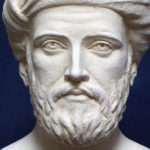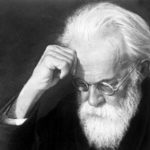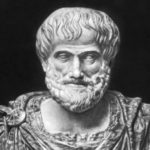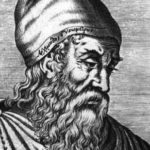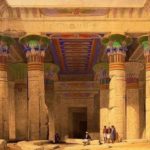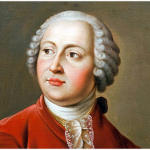15 interesting facts about geometry
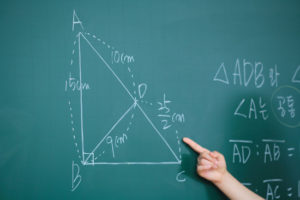 Over the years that have passed since its invention, geometry has not changed so much. Its new varieties have appeared, but geometry itself in the classical sense of the word is still based on principles discovered hundreds and thousands of years ago. It is one of the fundamental sciences on which mankind relies, and it is simply impossible to overestimate its importance.
Over the years that have passed since its invention, geometry has not changed so much. Its new varieties have appeared, but geometry itself in the classical sense of the word is still based on principles discovered hundreds and thousands of years ago. It is one of the fundamental sciences on which mankind relies, and it is simply impossible to overestimate its importance.
An invaluable contribution to the development of this science was made by the ancient Greek scholars Euclid and Pythagoras. The principles they discovered are now the basis for it. Therefore, in fact, classical geometry is called Euclidean.
The above Euclid himself proved 465 geometric theorems.
Using geometric formulas, you can easily calculate the volume of a pyramid. Interestingly, the formula for calculating the volume of the full pyramid appeared later than the formula for the truncated one.
One of the famous geometric problems is called the “Napoleon problem”. She was named after the French emperor, who was very knowledgeable in this science, and who is the author of a number of scientific works.
If we make twelve knots on any rope, separated by the same distance, and stretch this rope in the shape of a triangle, as a result we get a right angle. This simple formula was known thousands of years ago in ancient Egypt, and was used in construction work.
In addition to Euclidean geometry, Riemann and Lobachevsky geometries still exist.
In the Lobachevsky geometry, the sum of all the angles of the triangle is always less than 180 degrees, and in the Riemann geometry it is more.
The ancient Greek scientist Archimedes was the first to create formulas for calculating the volume of a ball and cone inscribed in a cylinder.
One of the theorems of Pythagoras was called “donkey bridge.” It is easy to remember, but not so easy to understand, and those students who simply crammed it in memory, Pythagoras called donkeys.
A Relo triangle is a geometric figure formed by the intersection of three equal circles of radius “A” with centers at the vertices of an equilateral triangle with side “A”. A drill made on the basis of the Relo triangle allows you to drill square holes, however, with a 2% error.
Euclidean geometry differs from Lobachevsky geometry in that in the latter one can draw at least two non-intersecting straight lines lying in the same plane through any point not lying on this straight line.
The foundations of fractal geometry were laid down by Leonardo da Vinci, a famous scientist and artist of the Renaissance.
Various types of non-Euclidean geometries are mainly used in astronomy, astrophysics, and other sciences, which have a very indirect relation to everyday life.
Using geometry, Eratosthenes, an ancient Greek scientist, calculated the circumference of the Earth and, as later studies showed, he was practically not mistaken.
The circle has the largest area among all geometric shapes with the same perimeter length.

